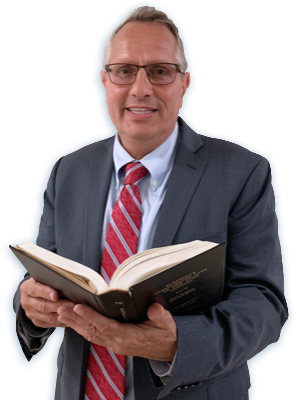When you are charged with driving under the influence (DUI) of alcohol, the prosecution will provide evidence in court before you are convicted. They will try to prove different elements, including that you were under the influence.
Here is how they can do this:
Blood-alcohol content
The first type of evidence the prosecution will use is blood-alcohol results. When police officers have reasonable suspicion of drunk driving, they can stop you and administer a breathalyzer test. In New York, you are legally intoxicated when you have a blood alcohol concentration (BAC) of 0.08% or higher and 0.04% or more for commercial drivers.
Field sobriety tests
With field evidence, the prosecution will consider the police officer’s testimony about your performance during field sobriety tests. Examples of standardized tests that may be administered by the police are the walk-and-turn test, the horizontal gaze nystagmus (HGN) test and the one-leg stand test.
Other evidence types that may be considered are your testimony, witness testimony about your driving behavior and pictures/videos taken at the scene where you were drinking and/or arrested.
Witness testimony
If the police can notice symptoms of intoxication by your appearance, they can have evidence of drunk driving. Examples of symptoms they look for are eyes appearing red, messy clothes, unkempt hair, breath smelling like alcohol and slurred speech.
Building a defense
You can defend the element of being under the influence with different strategies, including challenging the breathalyzer results, challenging how tests were conducted, proving you took medication and so on. Therefore, you don’t need to plead guilty regardless of how strong the prosecutor’s evidence seems.
If you are charged with a DUI, it will be best to get legal guidance to understand the moves to make.



